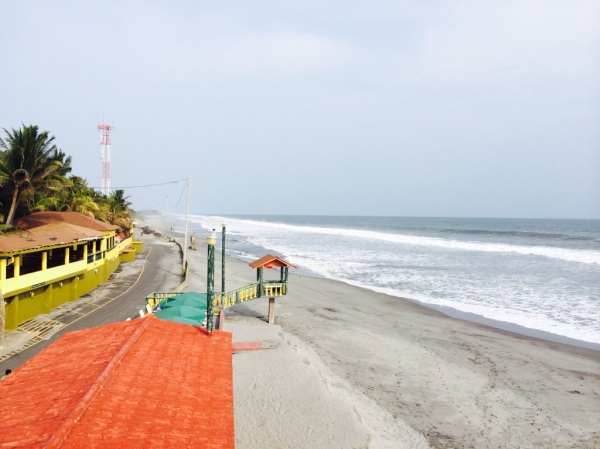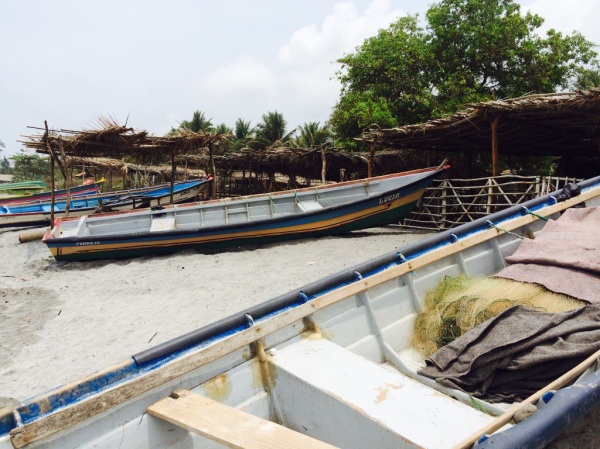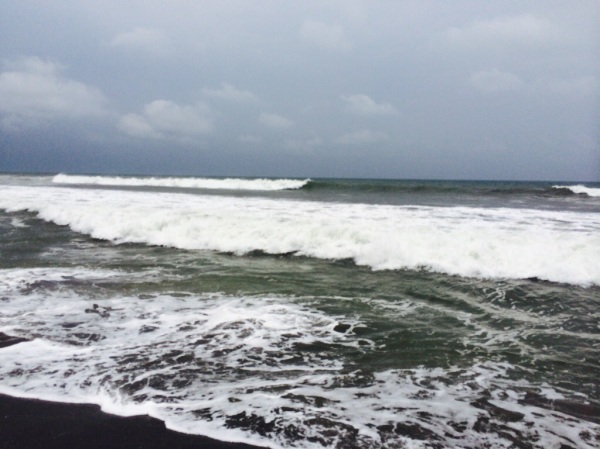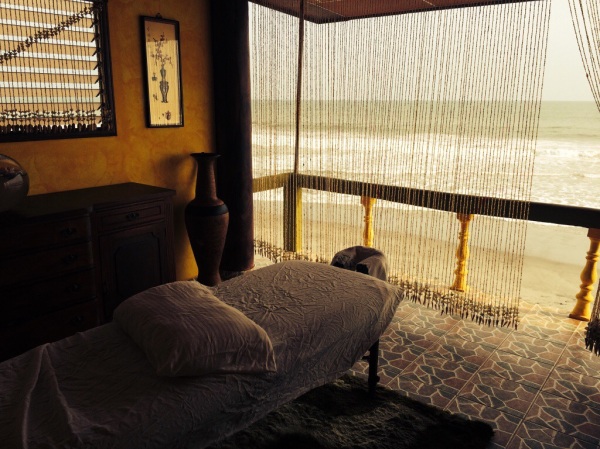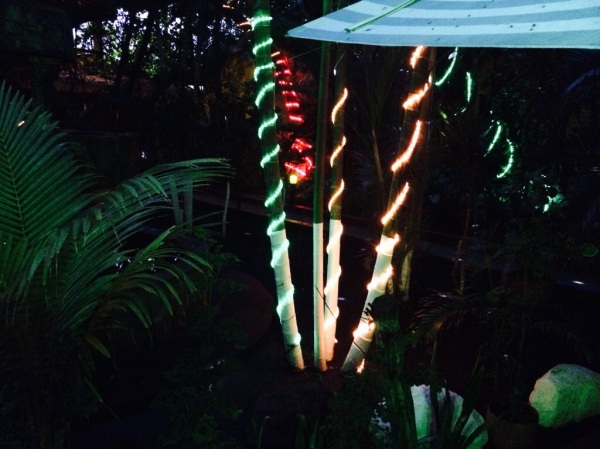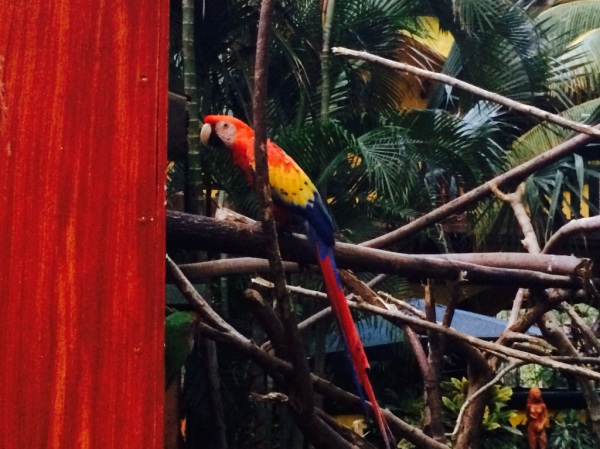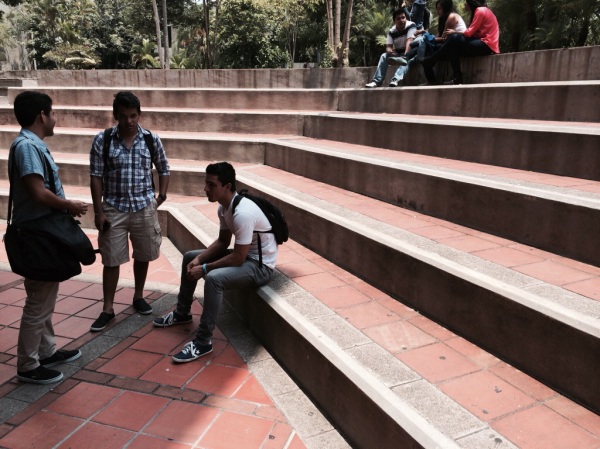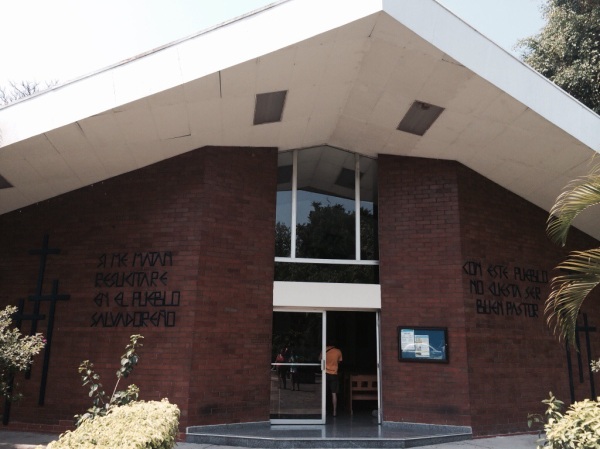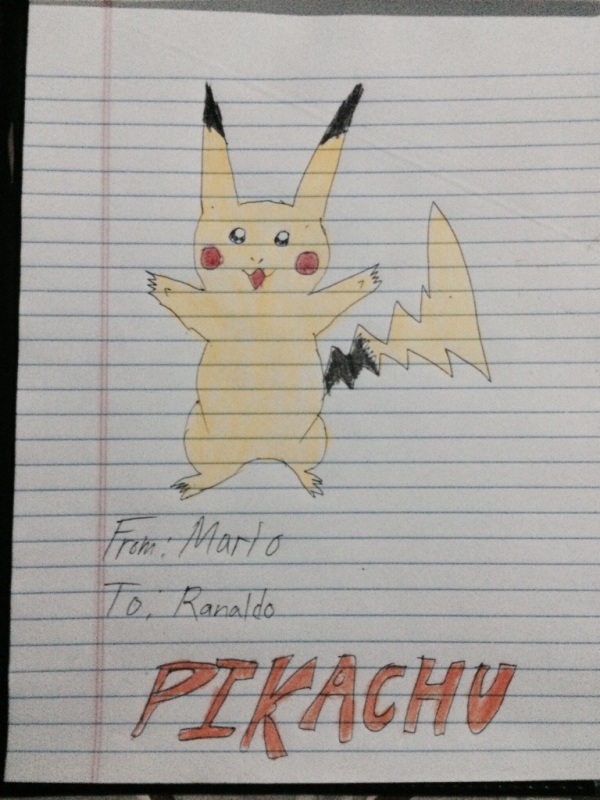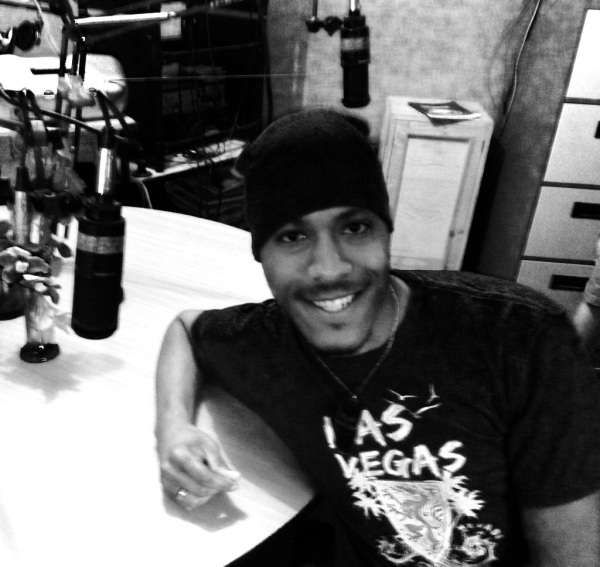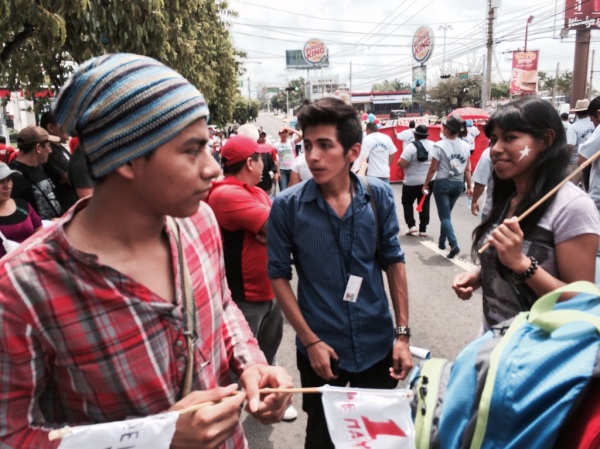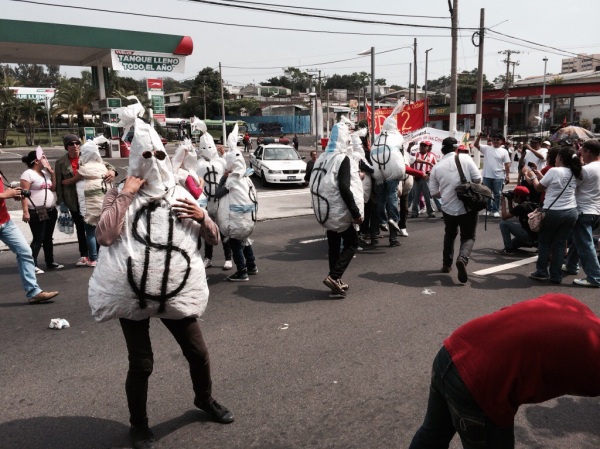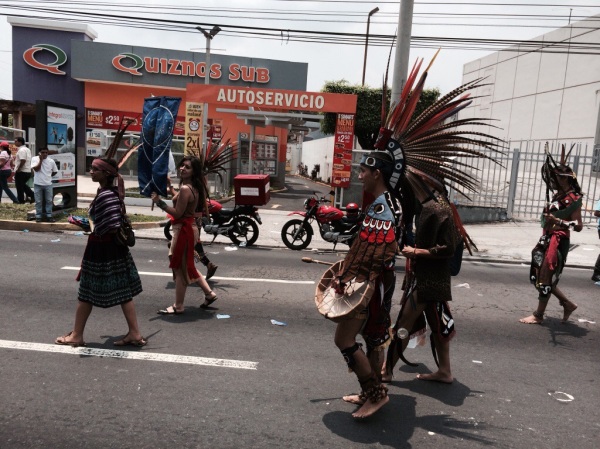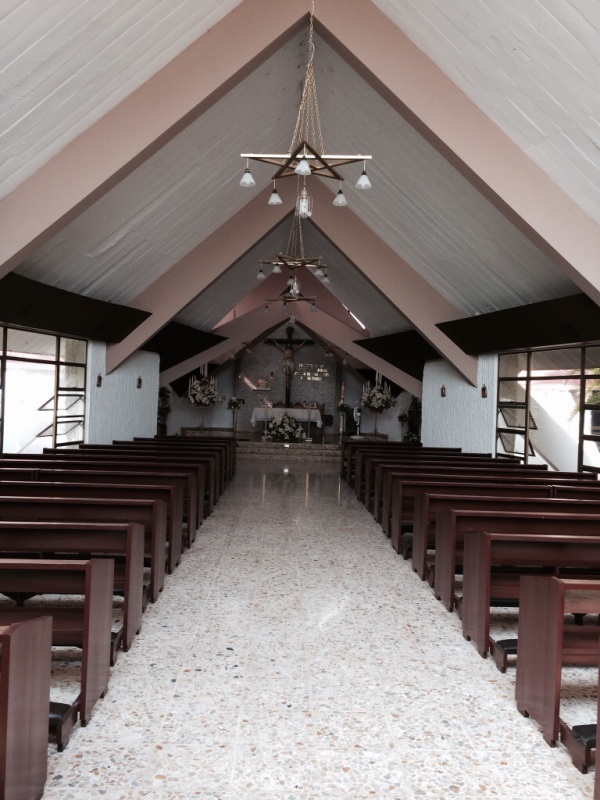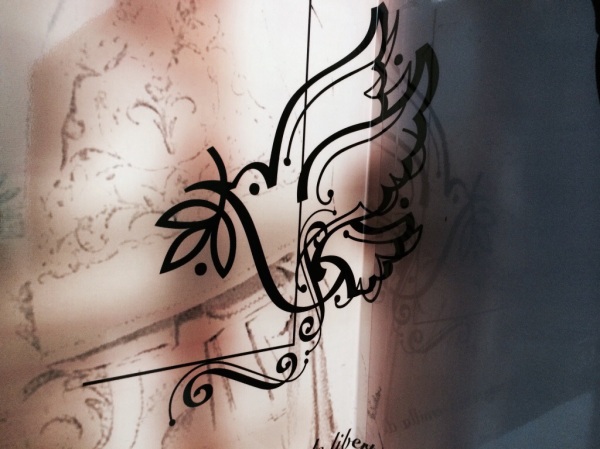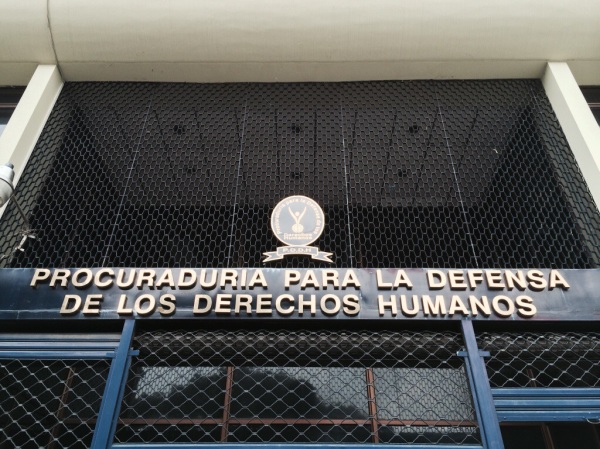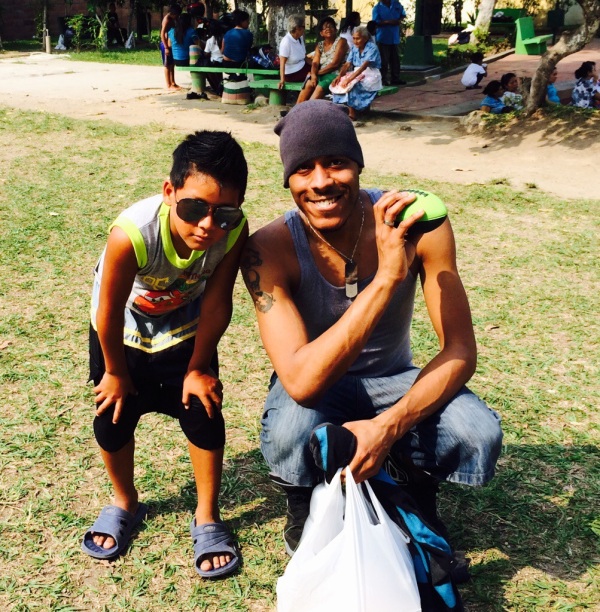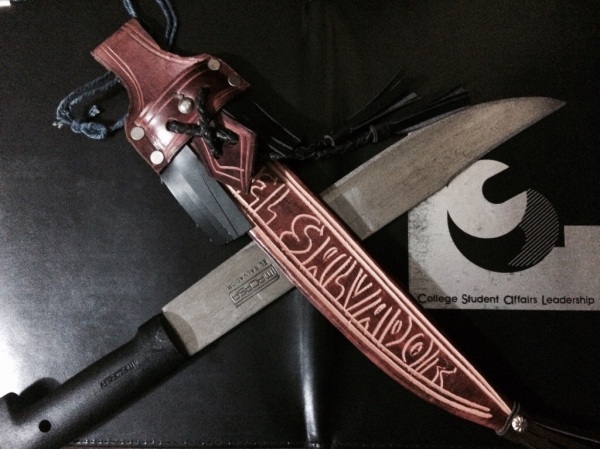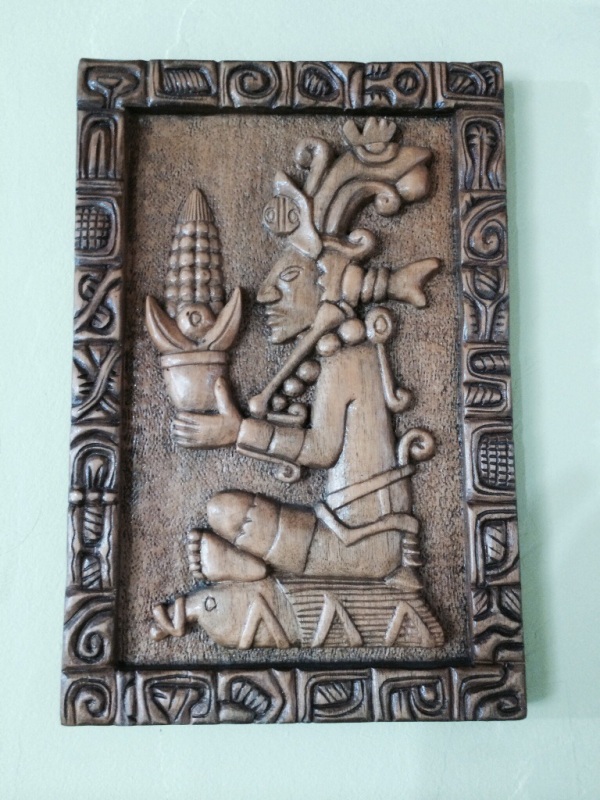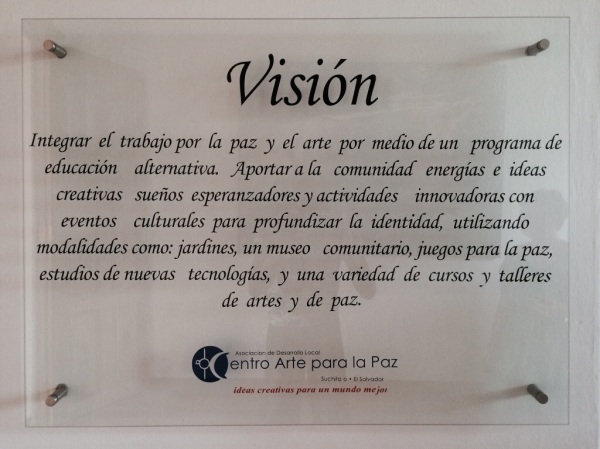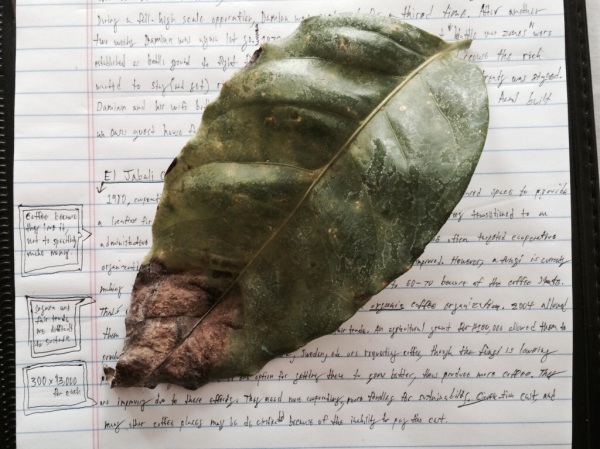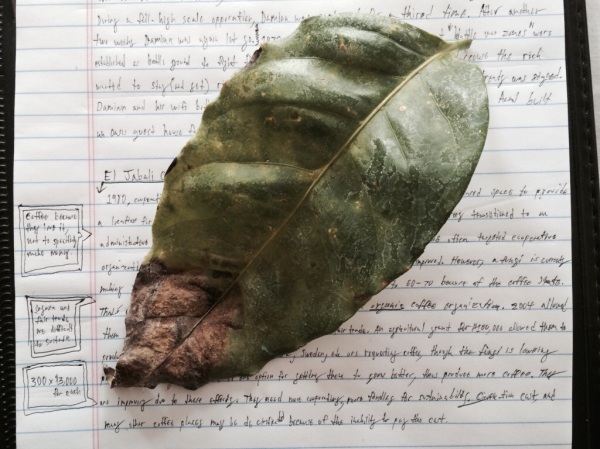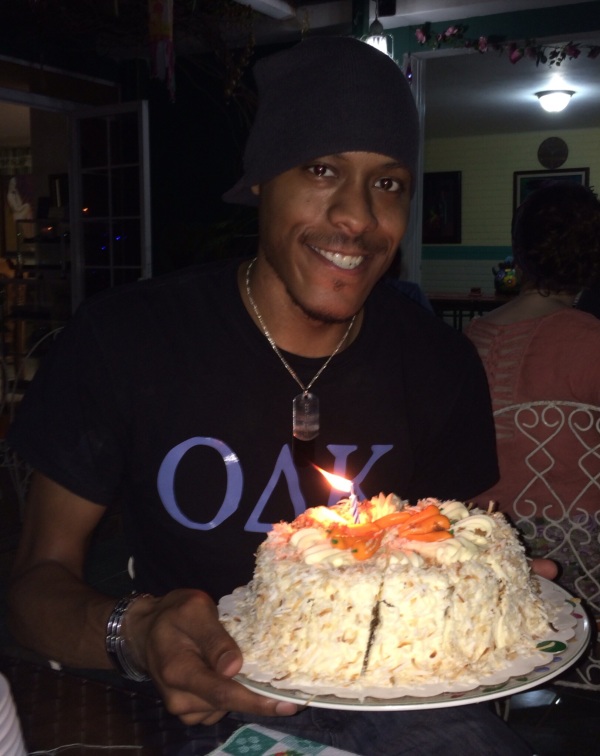
Even though my birthday was a few days ago in El Salvador (ES), like most individuals I didn’t feel more mature after it. I mature as a young adult and practitioner in education every moment my limited perception is expended by the testimonies and experiences that shaped current societies, and thankfully ES has helped me with this greatly. After another excellent breakfast and fellowship with my classmates, we left for a community, one of many community settlements where ES gang members lived. My initial framework of what a “gang” is will forever be changed, or at least a negative connotation will not be automatic. Foremost, the Mara Salvatrucha (MS-13) gang members, one of two top tier rival gangs of ES (including simply troubled youth) lived with their family and friends there. There is a complex, systematic hierarchy built in their operations that only members know. The leaders of this community house in Selva told us about their current affairs with the ES government and how the gang members fit in. Their artistic mark was all around the community, and as an artist the skill they must possess in art is all too apparent.

The military are tasked with routine checks to maintain order. When the military and the youth (I will use the term youth now because not all of them are in the gang, even if they were once affiliated with them. They could have a brother, girlfriend, etc., affiliated with them, simply be a troubled youth, or a full gang member) interact, they do not just search them; they beat them–even in front of friends and family with no probable cause. Additionally, some military members are drunk during these moments and attack the youth because they are “bored”, with the youth not doing anything to them. The community leaders and youth themselves also report it is difficult to reenrolled in schools because the military tasked with guarding the schools harass the youth at school via threatening and encouraging them not to go. Because our arrival alerted the military, the youth stay away from them if possible and we were unable to meet them in the community house (where events, parties, meetings, etc., happened) we had the opportunity to walk through their community and meet them, and I felt so safe; safe in an area full of youth involved in MS-13 gang activity. I was the first of my group to interact with them and they were so young, smiling, shy and talking in Spanish about “Americanos”. I asked one if he liked video games in Spanish and he smiled yes. Following this we heard their individual stories, and one of the older young adults pulled up his shirt and showed us brutal marks from when a military officer attacked him a week prior. This instantly hit the entire group about the severity and reality of their struggle; it’s one thing to hear a claim, and another entirely to witnessed the effects of it. In no way am I justifying gang activity, however, I can honestly understand why the youth would feel the desperate need to “band together” and fight back because of their circumstances. After we thanked them and left a little boy was jumping fence and I asked to take his photo. While he was posing, I quickly prayed that he wouldn’t have to go through what those in his community did.
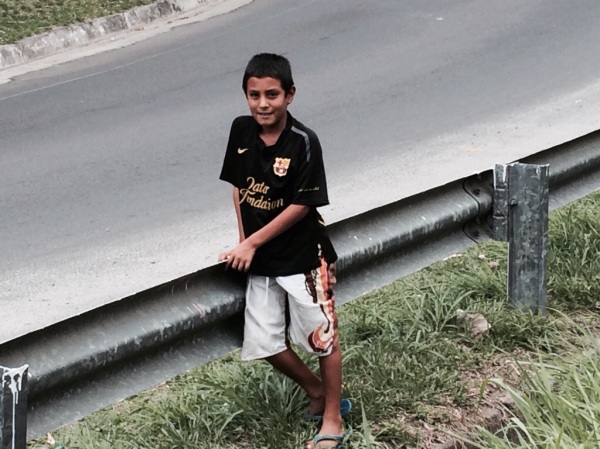
The next stop was to ACSYECA, a non-profit community organization that supported surrounding communities with health care options, education, and environmental issues. It was a small building, yet an aura of hope could be felt there. ACSYECA staff helped anyone, no matter gang / political affiliation or financial stability with care and medicine.
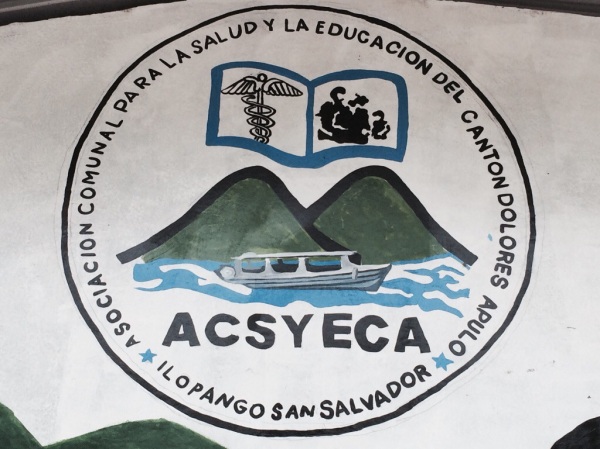
The unfortunate piece here is it was voiced not all supported this organization, and wanted to turn it into a place for fun, sex, and dancing. Even though some clients don’t pay their bills, they still care for their needs. They also work with schools to teach health literacy and academic subjects. At this time I asked, “How do you all stay so positive and smile under these circumstances.” The speaker replied their perseverance, hope and fulfilling the legacy of those before them, and this was said with a smile as well.

We had lunch at the beach and it was beautiful. The sun was shining, the water was clear and the scenery of the area was just stunning. I had fish, chicken (both delicious!) and spicy veggies that just made this breezy afternoon perfect. A group of performers similar to a mariachi band approached the table twice, once to request a song from our group and the second time specifically for me. I recorded one and truly enjoyed their musical talent. During the first two sites we visited today, two new students were with us for the day: Maria and Alejandro. While Maria talked with the women, Alejandro and I really hit it off. He was 25 and was a senior studying Psychology at an ES university. After realizing he liked video games, I showed him my Pokemon tattoos and he got 2/3 of them right. For the rest of the half hour we talked and I taught him English and he taught me Spanish (though we could both speak the other language fairly well). We talked even more on the ride back, and I learned how ES universities differed from those in the US, such as not having student organization because they don’t need that structure to have activities with friends. I also explained how snow affected the climate and social structure of the United States, and he voiced that he really wanted to touch and experience snow and a winter season because ES is hot all year round. Alejandro said he really liked technology, so I gave him my digital LED watch that told time via blue stacked lights instead of hour and minute hands. He was thrilled to have it and we promised to hang out again on one of our free days.

The last stop was to a workshop on masculinity gender roles. This was located in the heart of downtown El Salvador and the facilitators were excellent. We started with an ice breaker, small group activity, then full group debrief, all centered on identifying how masculinity was formed, how it was associated with femininity, and how these labels were affecting males and females. The most striking aspect about this session was how it was linked to the other two sites we visited. Gang and military activities could be seen as masculine, status building decisions because males are suppose to be “tough” while Acsyeca supports victims of violence, health issues and decisions made from persons lacking education. My professors said that almost all issues are linked, and I could clearly understand both why and how.

After saying our goodbyes after taking photos and exchanging information, we were shown Iglesias el Rosario (church of the roses) and it is the most beautiful interior of a church I have ever seen. I was in a trance looking at the stain glass, just wondering what this city has actually gone through, and what will happen to it next.
13.722818
-89.207996


